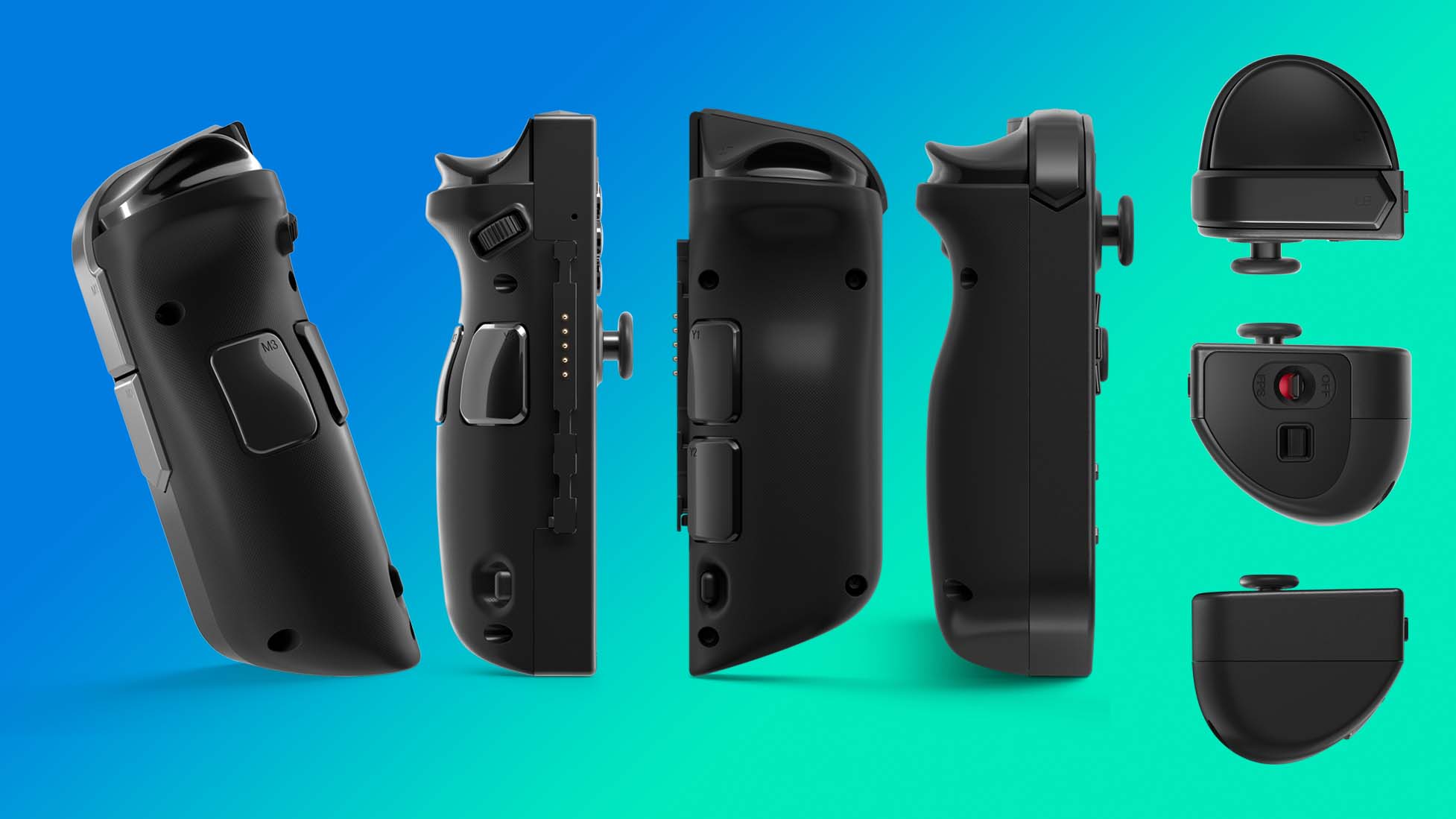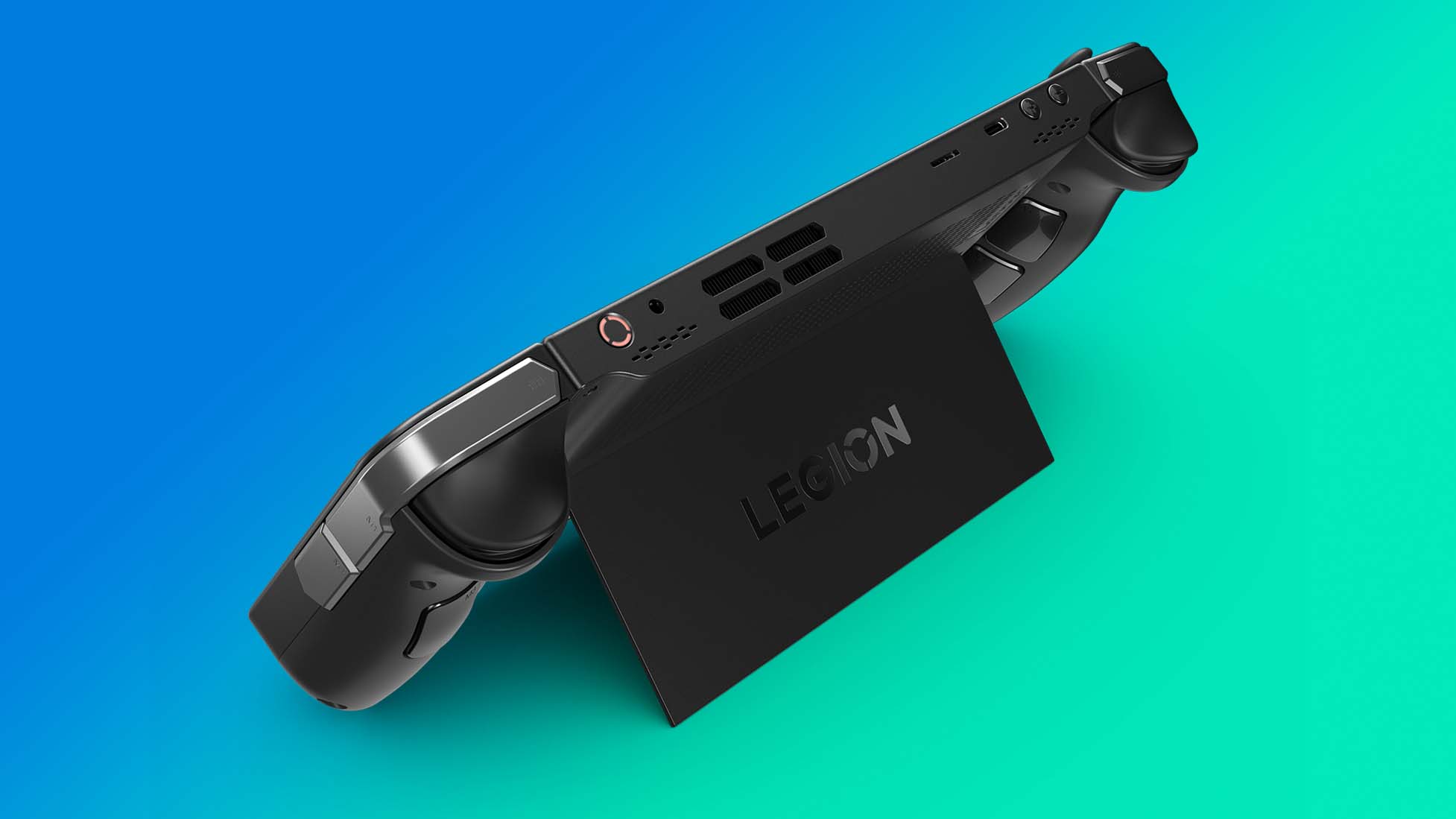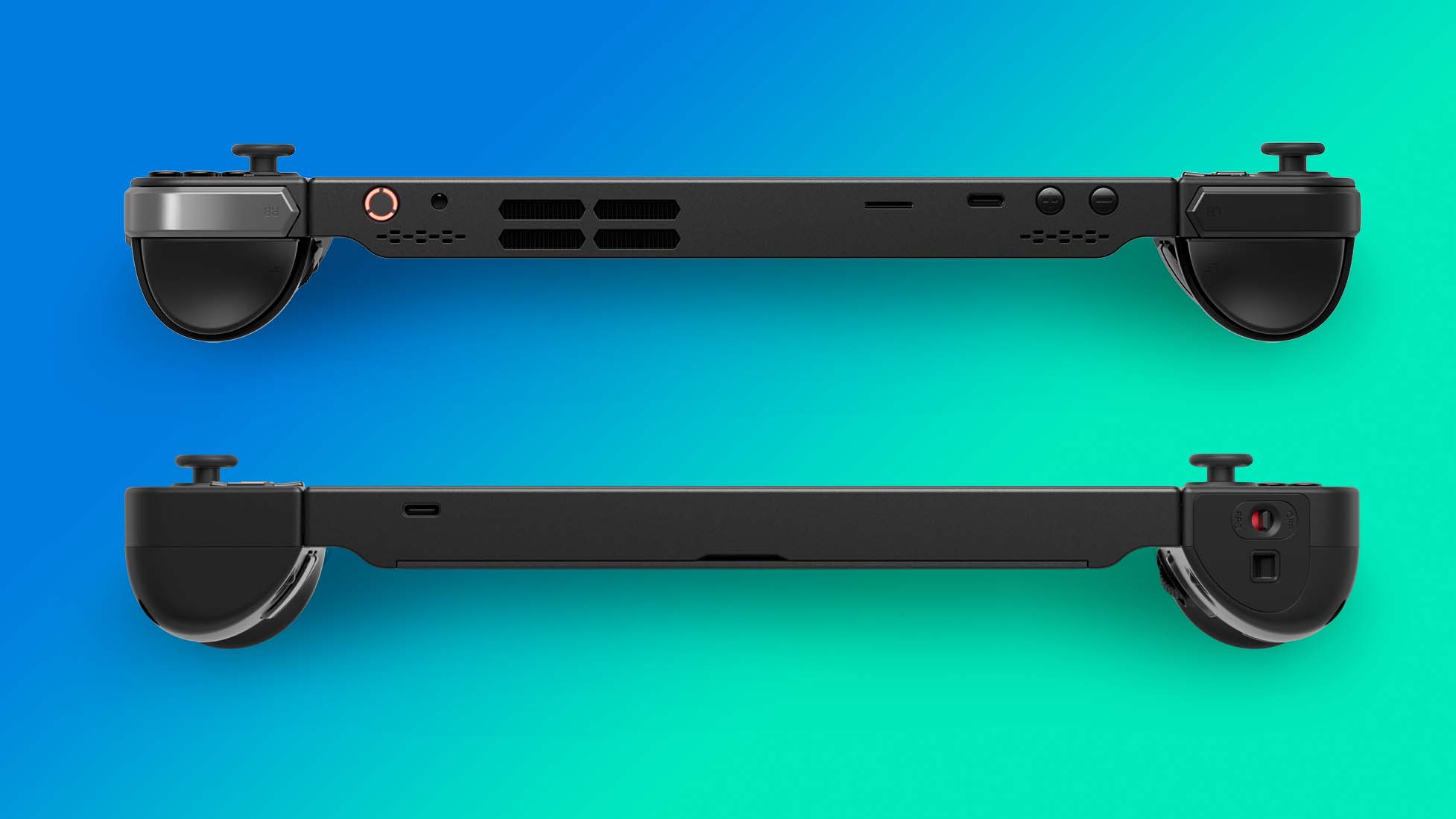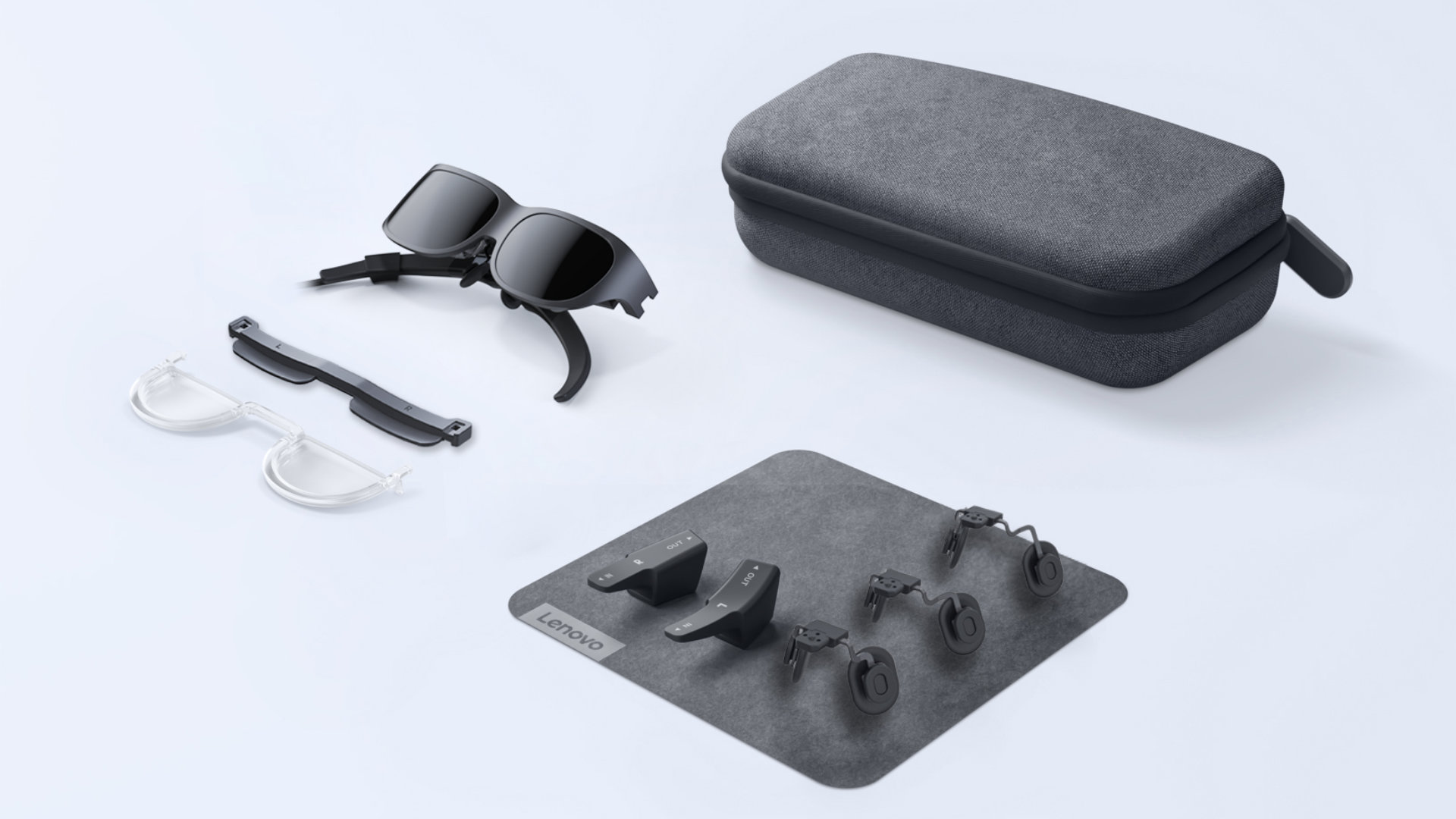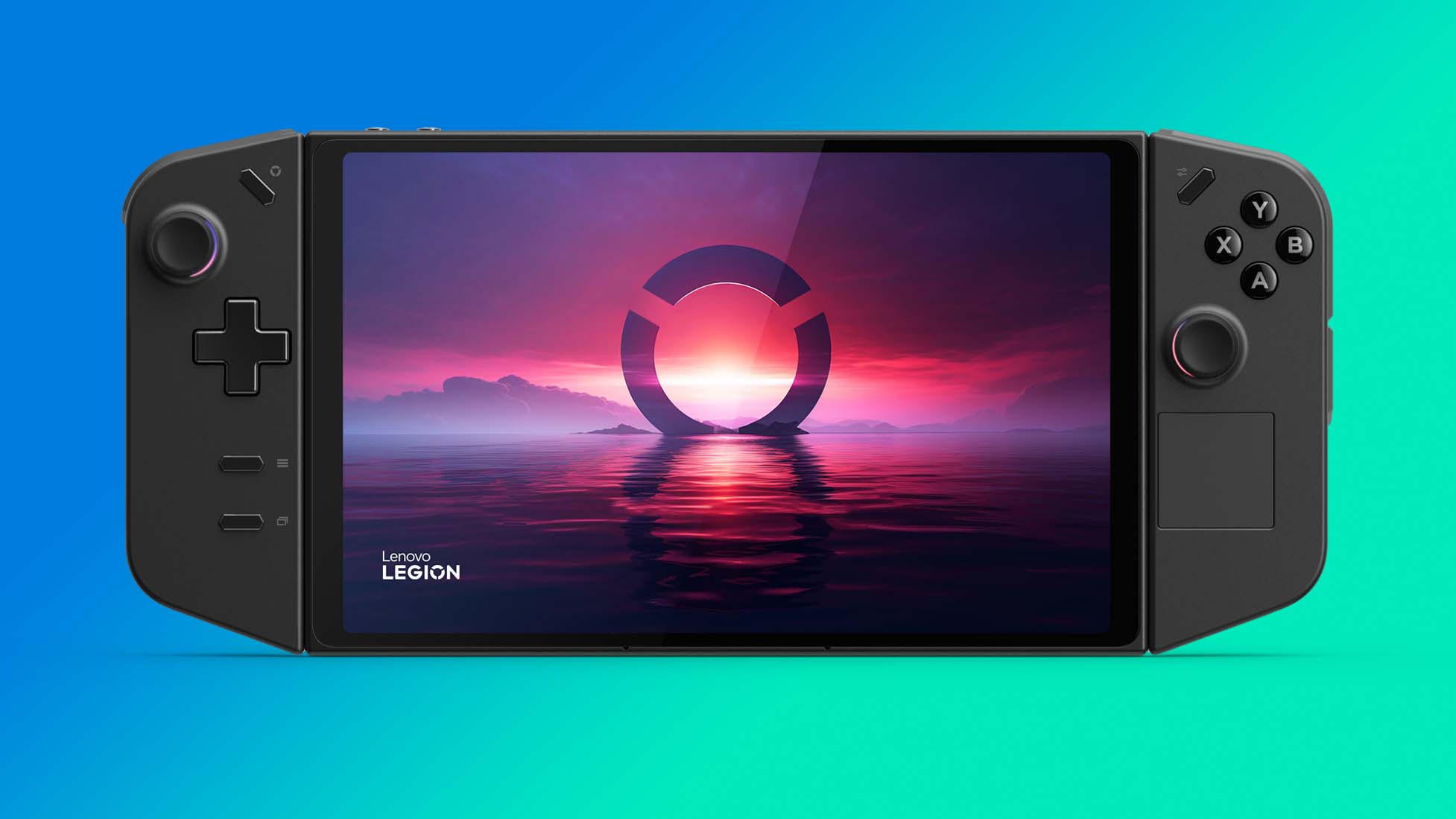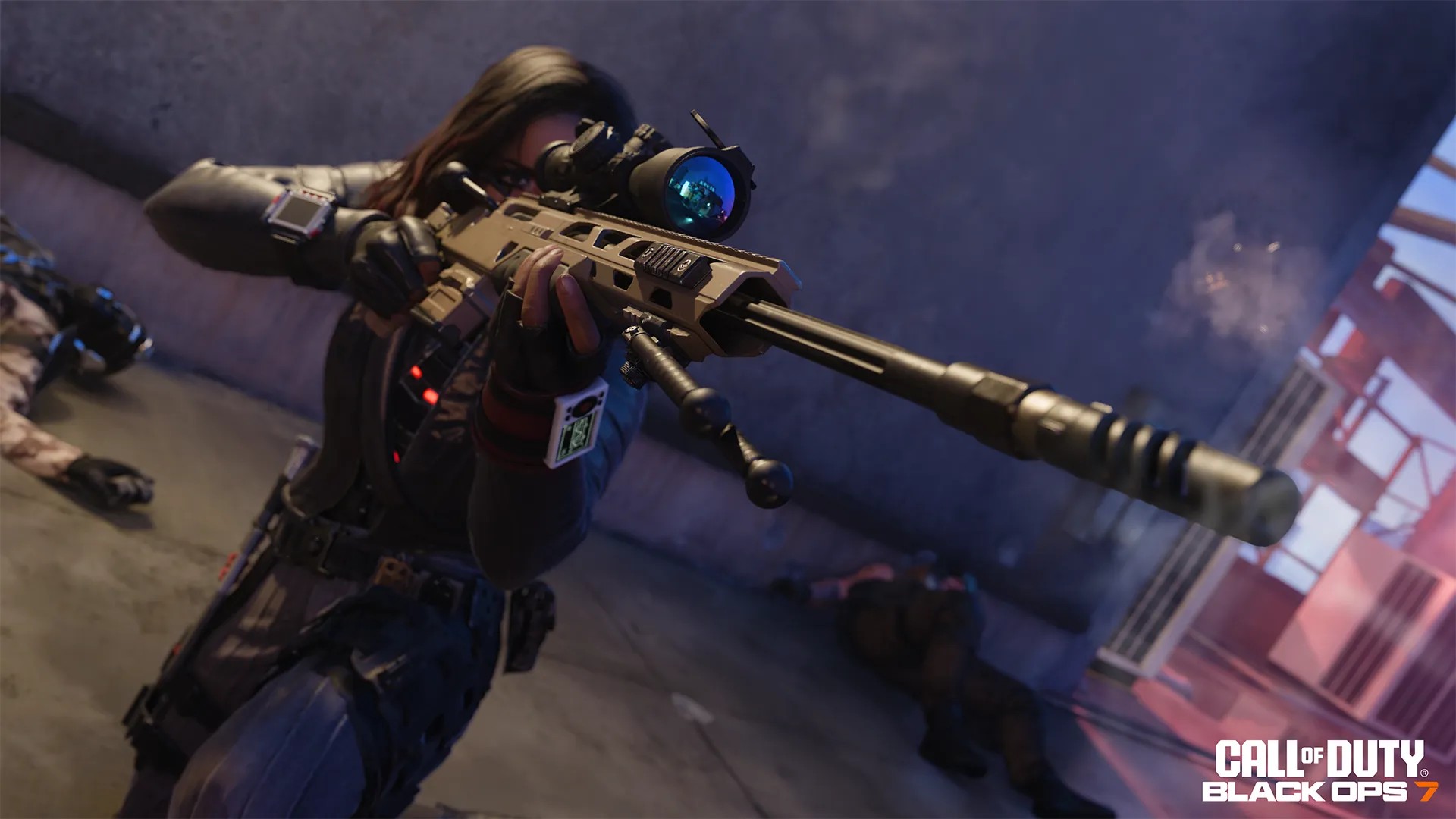Lenovo Legion Go is like Switch and ROG Ally combined into a better gaming handheld
Legion Go has removable controllers just like Nintendo Switch, a trackpad like Steam Deck, and Windows 11 like ROG Ally.
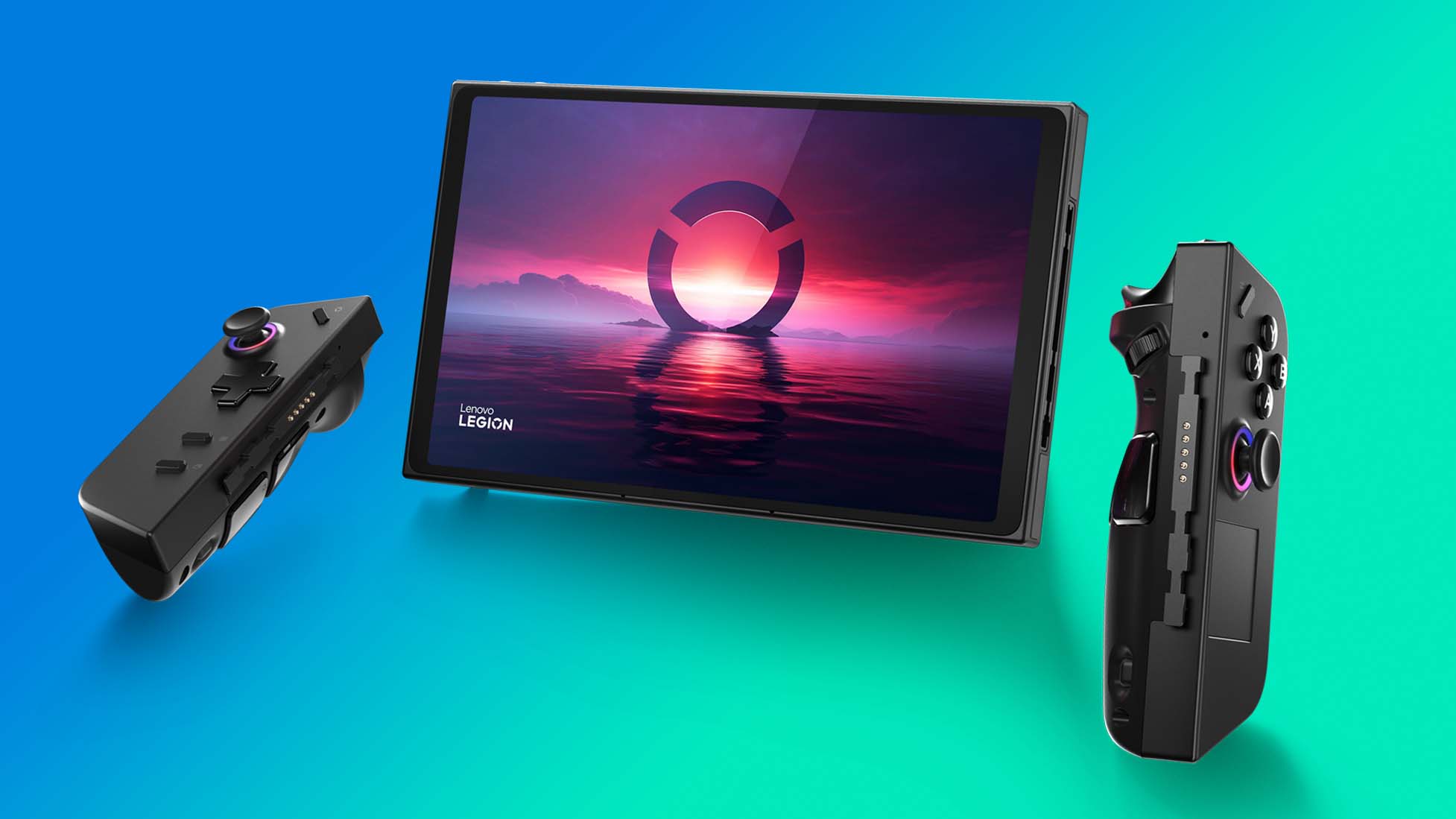
What you need to know
- Today, Lenovo officially unveiled its first Windows gaming handheld, the Legion Go.
- It offers removable controllers like Nintendo Switch, has a large 8.8-inch IPS touchscreen, and features up to an AMD Ryzen Z1 Series processor.
- Legion Go supports Super Rapid Charge to recharge up to 70% in just 30 minutes.
- This gaming handheld will launch this year.
Last month, our own Jez Corden reported that there were rumors indicating that Lenovo was preparing to enter the handheld gaming space and today this information was officially confirmed. Lenovo just unveiled the Legion Go, the company's first Windows gaming handheld designed with "top-tier specs and visuals." It's a powerful gaming system that brings PC experience to your hands. Design-wise, it's similar to the recently released ASUS ROG Ally, but has removable controllers like a Nintendo Switch as well as a few unique controls.
MSRP: Starts at $699
OS: Windows 11 Home
Processor: Up to AMD Ryzen Z1 Extreme w/ RDNA Graphics
Display: 8.8-inch QHD IPS | 16:10 | 144Hz | 500nits | 97% DCI-P3
Memory: 16GB 7500Mhz LPDDR5X on board
Storage: 256GB / 512GB / 1TB PCIe 4.0 NVMe M.2 2242
Battery: 2-cell 49.2WHr Super Rapid Charge; Controller battery capacity: 900mah
Ports: USB-C 4.0 (DisplayPort and PD), 3.5mm headphone jack, and microSD card slot
Connectivity: 2 x 2W speakers
Dimensions: 8.27" x 5.15" x 0.79” (210mm x 131mm x 20mm)
Weight w/ controllers: 1.88 lbs (854g )
“We are so proud that Lenovo Legion has become a go-to brand for gamers around the world, through the success and popularity of our laptops, tower PCs, monitors, and accessories. As we scan the gaming landscape, we see that gamers are a versatile and varied group, and Lenovo Legion likewise endeavors to provide gamers with solutions that suit them,” said Jun Ouyang, Lenovo’s vice president and general manager of the Consumer Business Segment, Intelligent Devices Group “With this in mind, we began designing the Lenovo Legion Go over two years ago in order to empower gamers around the world to game their way. With the introduction of the Lenovo Legion Go, we are excited to expand our Lenovo Legion gaming ecosystem with a device that allows gamers to—literally—game on the go.”
Like the ROG Ally that ASUS released earlier this year, the Legion Go utilizes up to an AMD Z1 Extreme processor with AMD RNDA Graphics in conjunction with smart power management technology. Since the Legion Go runs Windows 11, users will be able to access anything that a Windows computer can including Steam, Battle.net, Epic Games Store, Xbox Game Pass, and more.
The Legion Go has the largest screen we've seen in a gaming handheld, an 8.8-inch, QHD+, 10-point touchscreen. In comparison, the ROG Ally, Steam Deck, and Nintendo Switch OLED only offer 7-inch screens, so this is significantly larger. Visually, Lenovo states that the Legion Go is capable of up to 500nits in brightness and supports a beautiful color range of 97% DCI-P3. Plus, it offers 1600p to 800p resolution with the choice between 144Hz or 60Hz refresh rates. Players will be able to choose from a few different configuration options reaching up to 16GB LPDDR5X of RAM and up to 1TB PCIe Gen4 SSD. Additional storage is also available via the microSD card slot which supports up to 2TB of extra storage.
As previously mentioned, the Legion Go has removable controllers like a Nintendo Switch. These are known as Legion TrueStrike controllers and they offer some distinct features that we haven't previously seen on a handheld. This includes a mouse wheel on the right controller as well as mouse buttons on the side of the controller. It's also notable that there are two back buttons on either controller, but they have different positioning — they pan vertically on the left controller and horizontally on the right one. Additionally, the bottom of the right controller is also home to an FPS switch, which possibly could be customized in Legion Go's proprietary software known as Legion Space.
Users familiar with drift issues will be happy to know that the Legion Go uses hall effect joysticks to eliminate this issue. Plus, there's a trackpad on the right side to more easily interact with menus and controls intended for mouse input. Battery-wise, the Legion Go has a 49.2Wh capacity battery and it supports Super Rapid Charge to bring the handheld up to a 70% charge in just 30 minutes. Its operating modes can be altered to affect its power consumption and Custom Mode allows it to reach a full 25W TGP. To help keep the device cool, it utilizes Lenvo Legions Coldfront thermal technology via a liquid crystal polymer 79-blade fan that Lenovo states does so at less than 25dB in Quiet Mode.
As far as ports go, there are two USB-C ports, one on top and one on bottom. Both support Power Delivery 3.0 and DisplayPort 1.4 for displaying game visuals on a TV or monitor when the proper connections are in place. A 3.5mm headphone jack and a microSD card slot can support up to a 2TB microSD card for additional game storage.
All the latest news, reviews, and guides for Windows and Xbox diehards.
One additional option that Lenovo is tossing in are its new $329 Legion Go Glasses. Originally announced as Lenovo's Glasses T1 in January 2023, the company is repurposing the hardware and aiming it right at gamers with any device (PC, handheld, Android smartphone, Apple iPhone, etc.). The glasses have dual 1920x1080 Micro OLED lenses with a 60Hz refresh rate and connect via a single Type-C cable.
When combined with Legion Go the Legion Glasses will provide you with a private and very large virtual display making them ideal for airplane trips or in your living room delivering a unique gaming experience.
The Lenovo Legion Go is expected to release sometime in October of this year with configurations for the handheld starting at $699. However, the company does state that this information is subject to change.
Lenovo Legion Go 1TB SSD | Buy at Best Buy
This powerful handheld brings PC gaming to the palm of your hand and is backed with up to a powerful AMD Ryzen Z1 Extreme processor. It has detachable controllers like a Nintendo Switch and offers the largest screen of any gaming handheld ever at 8.8-inches.
Lenovo Legion Go 512GB SSD | Buy at Best Buy
This version of the Legion Go gaming handheld comes with 512GB SSD storage and is given plenty of processing power with the AMD Ryzen Z1 Extreme chipset. It can be played in handheld mode, tabletop mode, or while connected to a TV if you provide a dock for it.
Windows Central's take
Since the extreme success of the Nintendo Switch, we've seen several companies attempt to make their way into the handheld gaming space. Just within the last two years, a number of these have been angled at PC gaming rather than Android gaming such as the Steam Deck, ROG Ally, AYANEO 2S, and more. However, so far no PC gaming handheld has been able to fully rise victorious over the others as they've all had at least one significant limitation or other.
We're in a handheld battleground, not unlike the time in the early 80s that led to the infamous video game crash. There are too many competitors on the market with no clear gaming handheld market leader. So companies will continue to duke it out until one of them is successful enough to stamp the others into the dust and become the new household name. If Legion Go works well enough and feels right in players hands it might just be the one to do it.
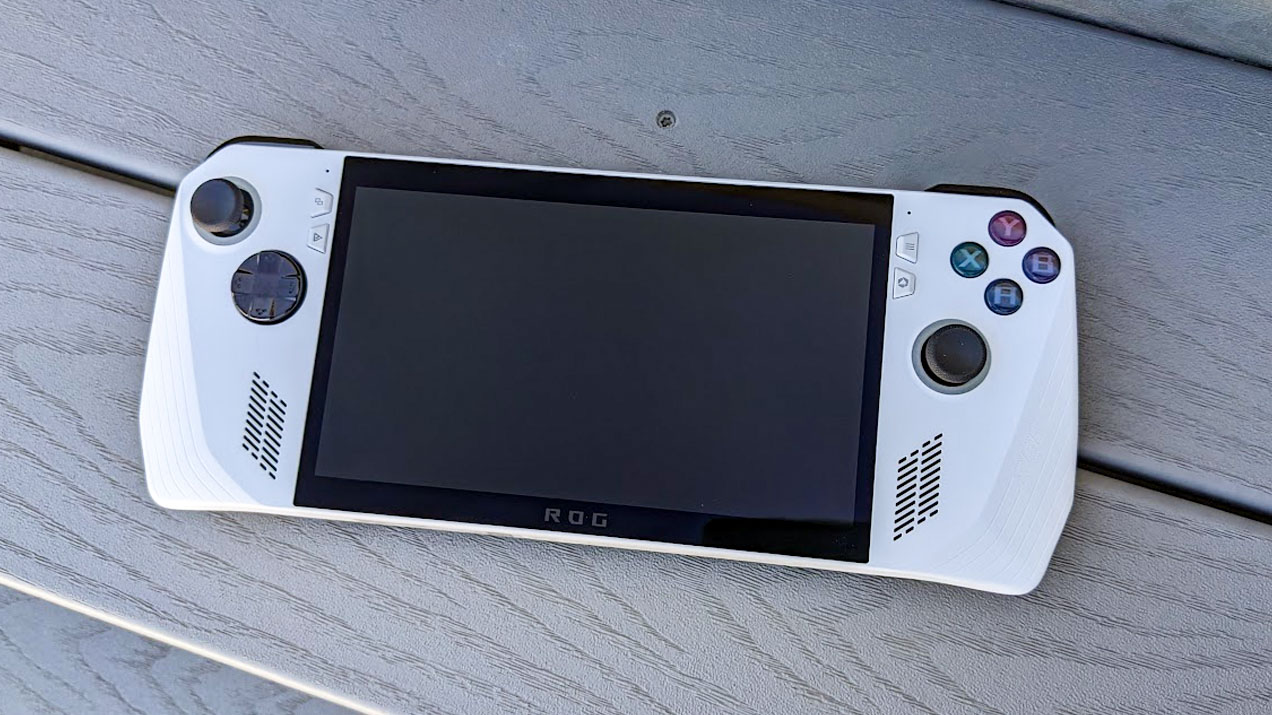
- Best ROG Ally battery packs
- Best ROG Ally microSD cards
- Best ROG Ally games and optimization
- Is Baldur's Gate 3 on Steam Deck?
- What games can Steam Deck run?
- How to play FIFA 23 on Steam Deck
The Steam Deck doesn't have the best screen resolution or power, but any game that gets Steam Deck Verified tends to be better optimized to work with its SteamOS than any other gaming handheld. The other side of this coin, which is also the main limitation of the Steam Deck, is that this handheld is only designed to run games from your Steam library, so it's rather limited unless you hack it.
It looked for a while like ASUS' handheld might become the number-one PC handheld gaming device until a major problem was discovered with it. As you can see from my ROG Ally review, it has a much better screen than the Steam Deck and offers a more powerful processor. Not to mention, since it runs Windows 11 it can be used to access any gaming service that you can access on a gaming computer. However, it was soon discovered that the ROG Ally's microSD card could malfunction due to a heating design flaw caused by the vents being too close to the microSD card slot. This is a huge problem that ASUS hasn't been able to fully fix.
We're in a handheld battleground, not unlike the time in the early 80s that led to the infamous video game crash.
There's also AYANEO, the Chinese gaming handheld company that keeps producing new gaming handhelds every few months. In fact, the company seems to do so at such a fast turnaround that it quickly makes its previous devices obsolete and doesn't give me confidence in their longevity. Not to mention, they tend to be far more expensive than Steam Deck and ROG Ally but aren't even as powerful as those devices.
Meanwhile, the Legion Go has yet to prove itself in testing. However, Lenovo is one of the best laptop brands on the market and even produces some of the best gaming laptops you can get right now. So if the design of this new Windows device proves to be good it might just claim the PC gaming handheld throne.

Self-professed gaming geek Rebecca Spear is one of Windows Central's editors and reviewers with a focus on gaming handhelds, mini PCs, PC gaming, and laptops. When she isn't checking out the latest games on Xbox Game Pass, PC, ROG Ally, or Steam Deck; she can be found digital drawing with a Wacom tablet. She's written thousands of articles with everything from editorials, reviews, previews, features, previews, and hardware reviews over the last few years. If you need information about anything gaming-related, her articles can help you out. She also loves testing game accessories and any new tech on the market. You can follow her @rrspear on X (formerly Twitter).
